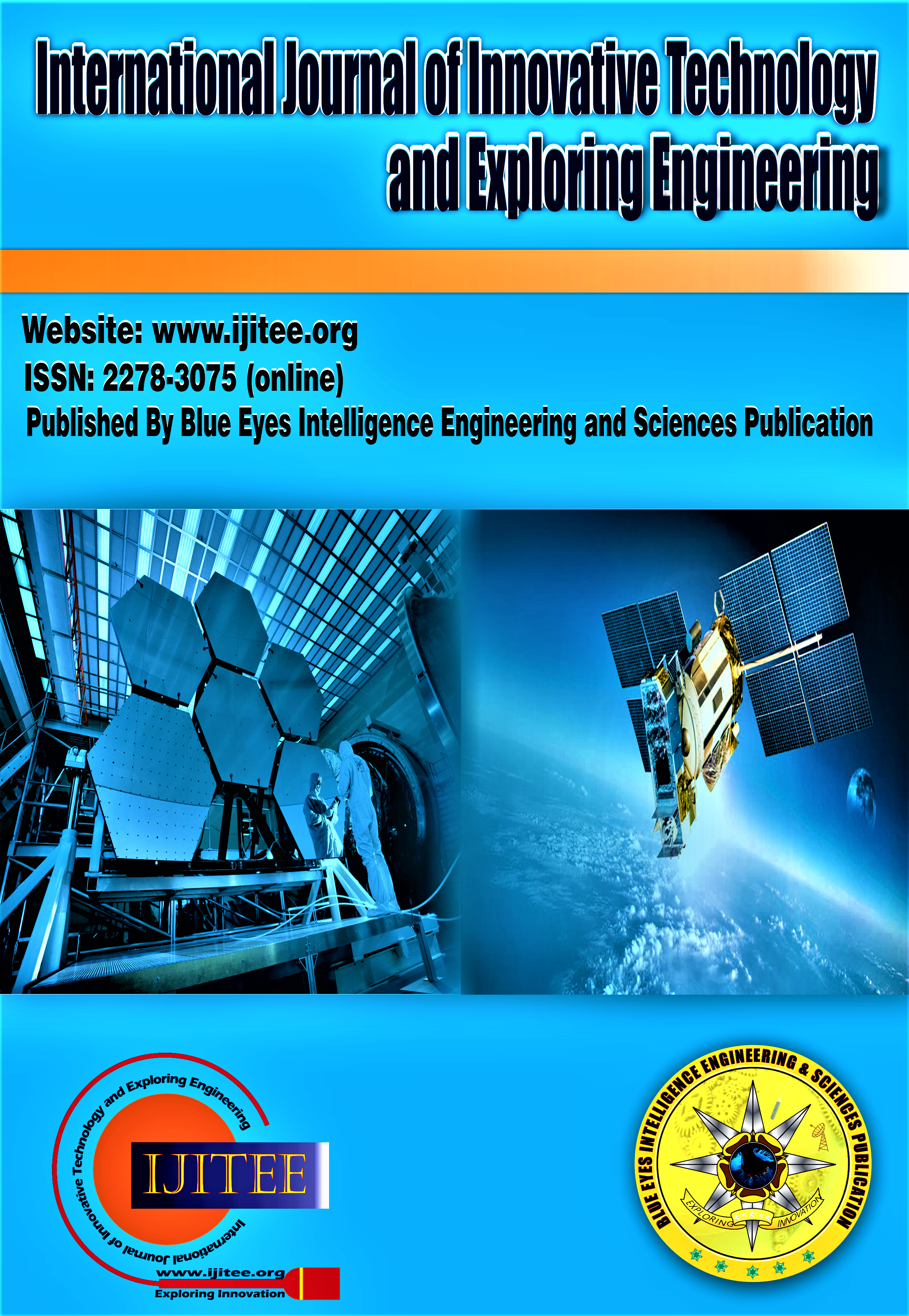Enhancing Twitter Tweet Topic Understanding through Ensemble Learning
Main Article Content
Abstract
Since Twitter’s introduction to social media of the hashtag as a content grouping label in 2007, the symbol and its associated usage as a classification la- bel have seen widespread adoption throughout social media and other platforms. While the content of a post can be conveniently classified using said post’s hash- tags, classifying posts that do not contain hashtags proves to be a much more challenging problem. In this paper, we propose a system for identifying a post’s hashtags using only the non-hashtag terms of the post and, by extension, address the issue of classifying the contents of posts that do not contain hashtags.
Downloads
Article Details
Section

This work is licensed under a Creative Commons Attribution-NonCommercial-NoDerivatives 4.0 International License.
How to Cite
References
K. Lee, D. Palsetia, R. Narayanan, M. Patwary, A. Agrawal, A. Choudhary. Twitter Trend- ing Topic Classification. IEEE, 2011. https://doi.org/10.1109/ICDMW.2011.171
D. Ramage, S. Dumais, D. Liebling. Characterizing Microblogs with Topic Models. AAAI, 2010. https://doi.org/10.1609/icwsm.v4i1.14026
J. Li, A. Ritter, C. Cardie, and E. Hovy. Major Life Event Extraction from Twitter Based on Congratulations/Condolences Speech Acts. EMNLP, 2014.
J. Pennington, R. Socher, C. Manning. GloVe: Global Vectors for Word Representation. EMNLP, 2014. https://doi.org/10.3115/v1/D14-1162
Open Information Extraction System, v4.0. University of Washington. Accessed 6/1/2015word at https://github.com/knowitall/openie.
Nagda, M. K., Sinha, S., & E, P. (2019). Predicting Sentiment Polarity of Microblogs using an LSTM – CNN Deep Learning Model. In International Journal of Engineering and Advanced Technology (Vol. 8, Issue 6, pp. 4368–4373). https://doi.org/10.35940/ijeat.f8933.088619
Srinivas, Dr. K., Reddy, V. S., & Ramya, B. (2019). Recommendation of online Products Using Microblogging Information in Social Media. In International Journal of Innovative Technology and Exploring Engineering (Vol. 8, Issue 10, pp. 473–477). https://doi.org/10.35940/ijitee.i8524.0881019
Zainudin, M. N. S., Kee, Y. J., Idris, M. I., Kamaruddin, M. R., & Ramlee, R. H. (2019). Recognizing the Activity Daily Living (ADL) for Subject Independent. In International Journal of Recent Technology and Engineering (IJRTE) (Vol. 8, Issue 3, pp. 5422–5427). Blue Eyes Intelligence Engineering and Sciences Engineering and Sciences Publication - BEIESP. https://doi.org/10.35940/ijrte.b2381.098319
S, A. K., Wadhwa, A., & Gramle, Dr. A. (2021). Health Care Professionals in the Digital Landscape in India. In International Journal of Management and Humanities (Vol. 5, Issue 7, pp. 30–36). Blue Eyes Intelligence Engineering and Sciences Engineering and Sciences Publication - BEIESP. https://doi.org/10.35940/ijmh.g1258.035721
Srivastava, A., & Saxena, Dr. U. K. (2023). Digital Media and Media literacy.
An Analysis of the Contribution and Effect of social media in Media Literacy. In Indian Journal of Mass Communication and Journalism (Vol. 3, Issue 1, pp. 17–22). Lattice Science Publication (LSP). https://doi.org/10.54105/ijmcj.a1051.093123





